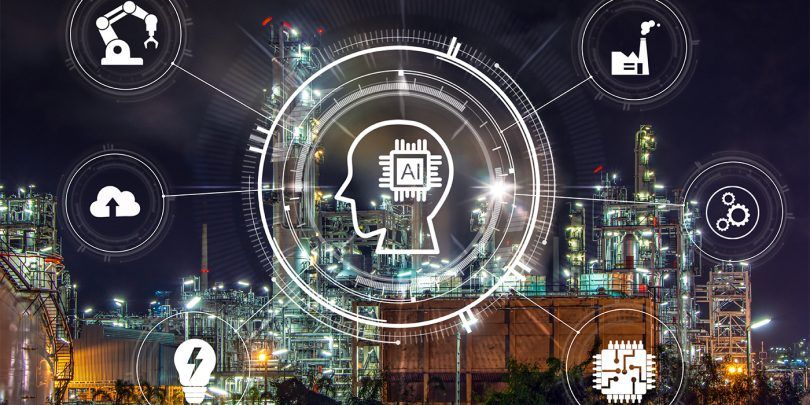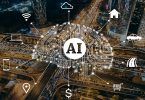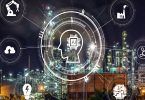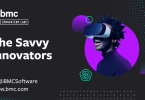Today’s IT organizations are faced with the daunting challenges of managing a vast variety of specialized IT infrastructures and applications and ensuring that everything operates seamlessly together like a perfectly synchronized dance. And yet, these teams are often siloed, using different tools to support their products.
The Internet of Things (IoT) refers to products that are always connected to the internet, streaming behavior-related information and other data. Vendors of these products then analyze the data and draw insights to achieve multiple benefits.
What is AIOps?
You’ve probably heard the term AIOps (artificial intelligence for IT operations) used repeatedly as the next big thing in IT management, or read something about it having a significant impact on system operations and administration in numerous trade publications. But what exactly is AIOps? And why should you care about it?
AIOps is an umbrella term for the use of big data analytics, machine learning (ML), and other artificial intelligence (AI) technologies to automate the identification and resolution of common IT issues.
AIOps marries big data with ML to create predictive outcomes that help drive faster root-cause analysis (RCA) and accelerate mean time to repair (MTTR). By providing intelligent, actionable insights that foster a higher level of automation and collaboration, IT operations (ITOps) can continuously improve, saving your organization time and resources in the process.
What is observability?
Observability is the ability to measure the internal states of a system by examining its outputs. Observability allows teams to monitor modern systems more effectively and helps them to find and connect effects in a complex chain and trace them back to their cause. A system is considered “observable” if the current state can be estimated solely by using information from outputs, namely sensor data.
How AIOps powers digital transformation and redefines IoT
Digital transformation through AIOps is about improving the user experience, whether it’s IT end users or IoT. AIOps bridges the needs of the business with emerging technologies, from the cloud to IoT to big data and AI.
What’s driving the transformation of the user and the IT experience?
- Unpredictable and intense competition
- Automation
- Business innovation
- Downward cost pressures
- New and changing customer demands
- Globalization
- Changing business models
Final thoughts
Companies like BMC are a trusted leader in AIOps, deploying ML and advanced analytics as part of holistic monitoring, event management, capacity, and automation solutions to help ITOps run at the speed that digital business demands. AIOps can help reduce event noise, incidents, time to identify the root cause, and MTTR. AIOps and IoT are comingled and complementary—to deal with the multifaceted nature of the IoT framework, you need AIOps. To learn more about AIOps, visit our blog section on the subject here.
Originally published on LinkedIn.
These postings are my own and do not necessarily represent BMC's position, strategies, or opinion.
See an error or have a suggestion? Please let us know by emailing blogs@bmc.com.






